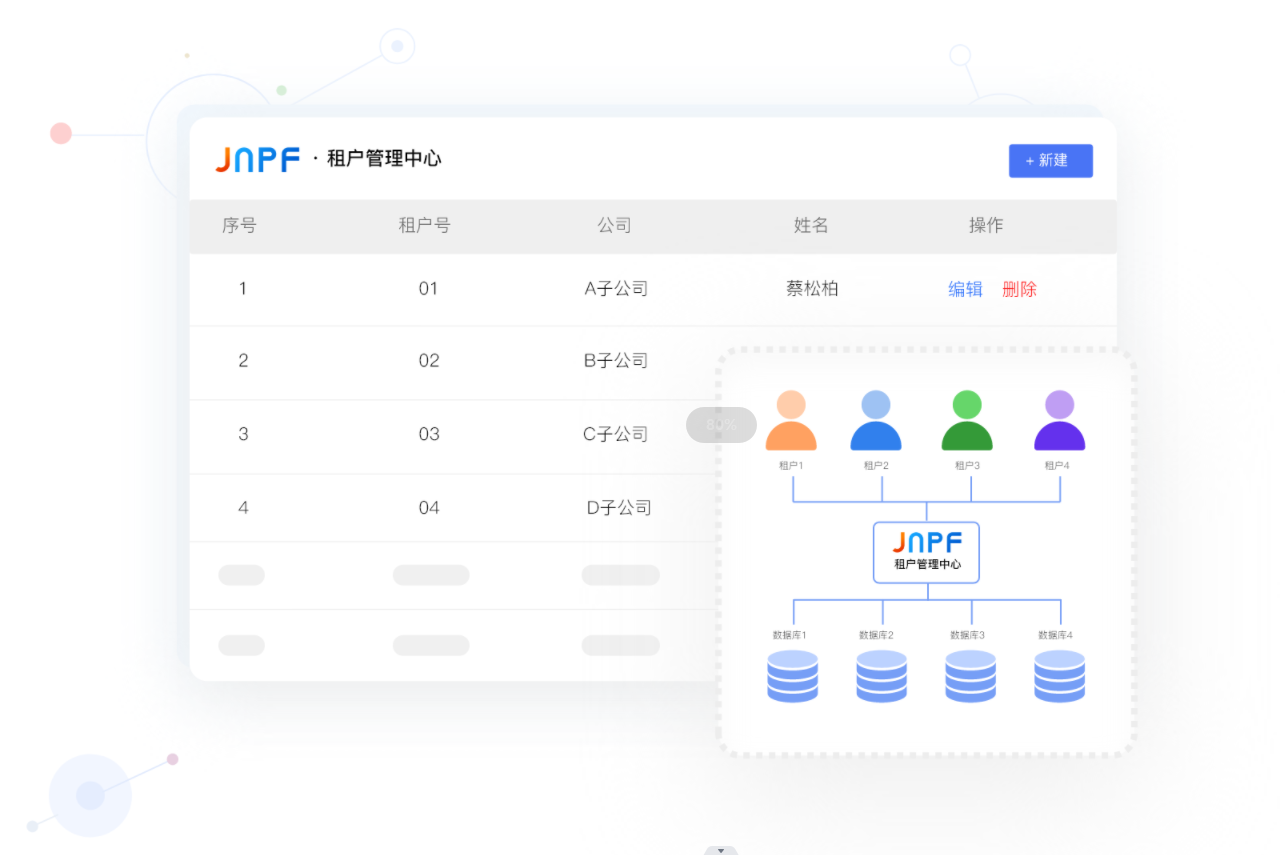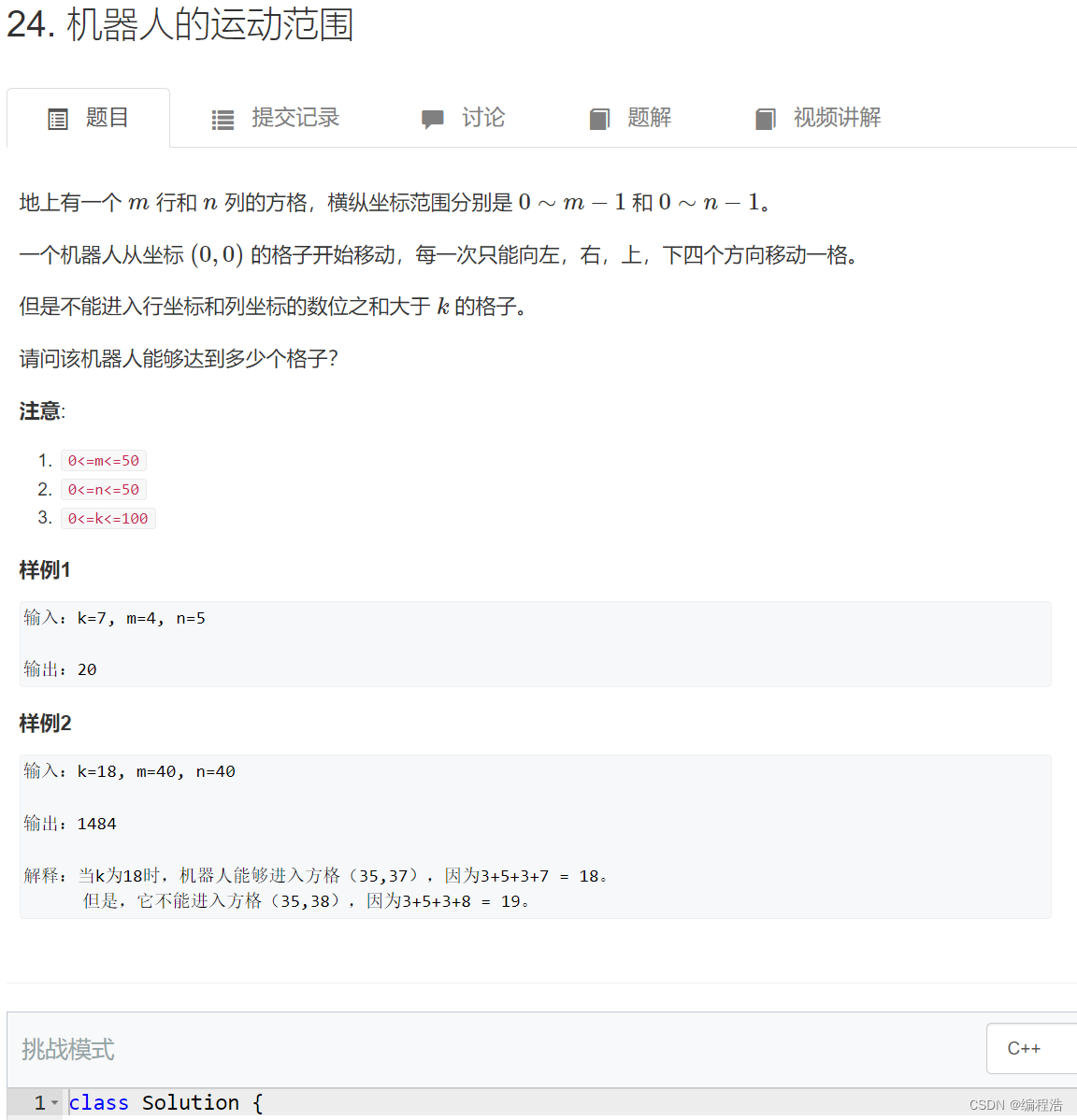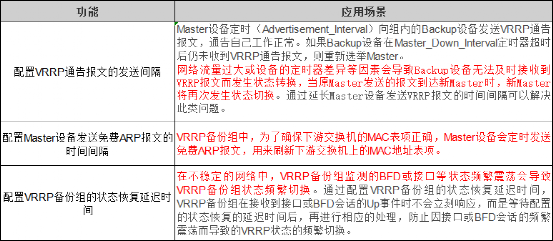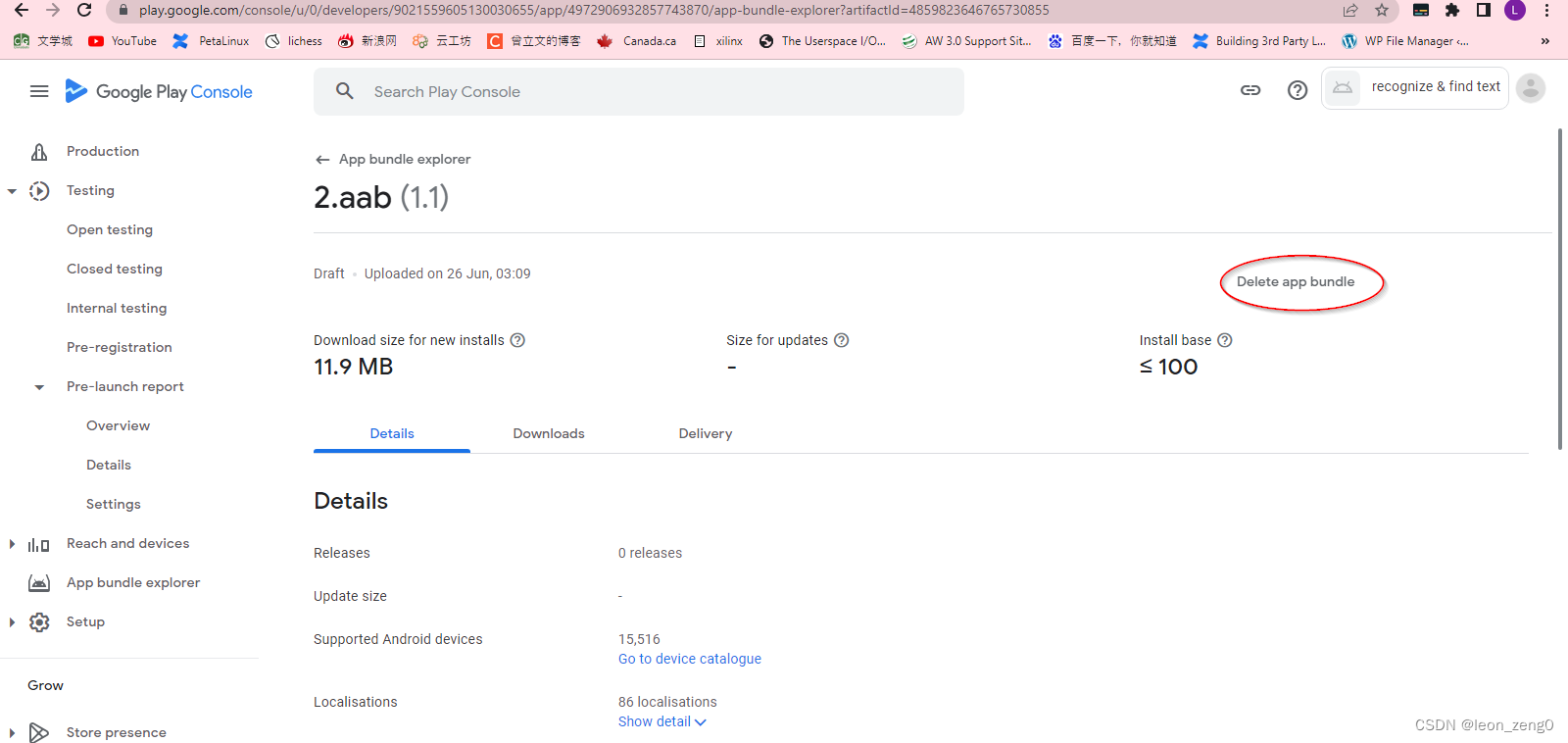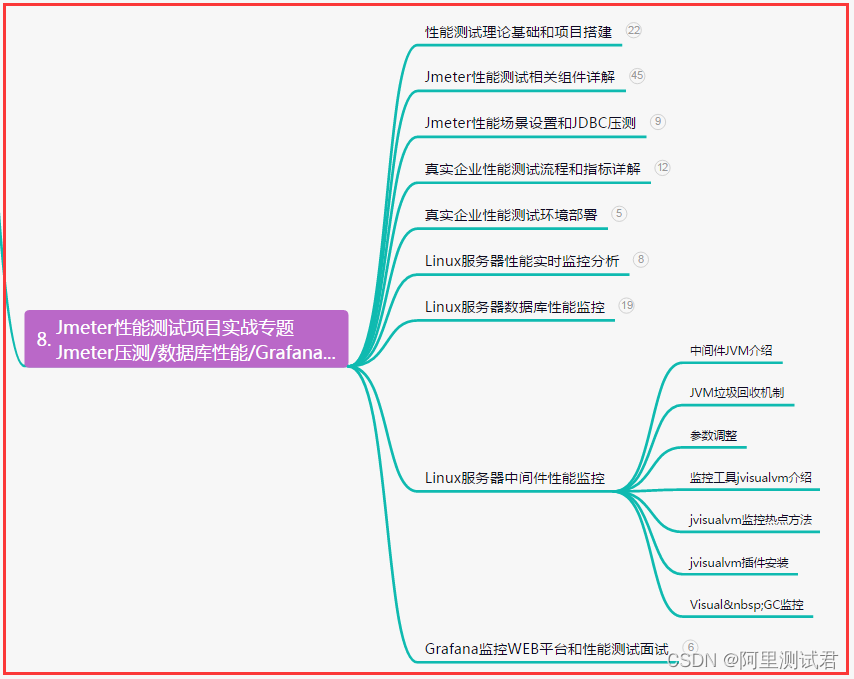文章目录
一、什么是延迟消息
假设有一个业务场景:超过30分钟未付款的订单自动关闭,这个功能应该怎么实现?
RabbitMQ使用死信队列,可以实现消息的延迟接收。
1、队列的属性
队列有一个消息过期属性。就像丰巢超过24小时就收费一样,通过设置这个属性,超过了指定事件的消息将会被丢弃。
这个属性交:x-message-ttl
所有队列中的消息超过时间未被消费时,都会过期。不管是谁发送的消息都一视同仁。
@Bean("ttlQueue")
public Queue queue() {
Map<String, Object> map = new HashMap<String, Object>();
map.put("x-message-ttl", 11000); // 队列中的消息未被消费11秒后过期
// map.put("x-expire", 30000); // 队列30秒没有使用以后会被删除
return new Queue("TTL_QUEUE", true, false, false, map);
}
但是这种方式似乎并不是那么的灵活。所以RabbitMQ的消息也有单独的过期时间属性。
2、消息的属性
在生产者发送消息时,可以通过MessageProperties指定消息属性。
MessageProperties messageProperties = new MessageProperties();
messageProperties.setExpiration("4000"); // 消息的过期属性,单位ms
messageProperties.setDeliveryMode(MessageDeliveryMode.PERSISTENT);
Message message = new Message("这条消息4秒后过期".getBytes(), messageProperties);
rabbitTemplate.send("TTL_EXCHANGE", "test.ttl", message);
那么问题来了:如果队列的TTL是6秒过期,消息的TTL是10秒过期,这个消息会在什么时候被丢弃?
答:如果同时指定了Message TTL和Queue TTL,那么小的那个会生效。
3、什么是死信
上面我们了解到,rabbitMQ的消息可以设置过期时间,消息过期后会被直接丢弃,我们可以通过配置死信队列,将这种消息变成死信(Dead Letter),然后将这种过期的消息丢入死信队列。
队列在创建的时候可以指定一个死信交换机DLX(Dead Letter Exchange)。死信交换机绑定的队列被称为死信队列DLQ(Dead Letter Queue),DLX实际上也是普通的交换机,DLQ也是普通的队列。

也就是说,如果消息过期了,队列指定了DLX,就会发送到DLX。如果DLX绑定了DLQ,就会路由到DLQ。路由到DLQ之后,我们就可以消费死信队列了。
4、使用死信队列的缺点
(1)如果统一用队列来设置消息的TTL,当梯度非常多的情况下,比如1分钟、2分钟、5分钟、10分钟……需要创建很多交换机和队列来路由消息,这时可以考虑使用消息的TTL。
(2)如果单独设置消息的TTL,则可能会造成队列中的消息阻塞——前一条消息没有出队(没有被消费),后面的消息无法投递(比如第一条消息的过期时间是30分钟,第二条消息的过期时间是10分钟。10分钟后,即使第二条消息应该投递了,但是由于第一条消息还未出队,所以无法投递)。
(3)可能存在一定的时间误差。
5、延时消息插件
在RabbitMQ 3.5.7及以后的版本提供了一个插件(rabbitmq-delayed-message-exchange)来实现延时队列功能(Linux和Windows都可以用)。同时插件依赖Erlang/OPT 18.0及以上。
插件源码地址:https://github.com/rabbitmq/rabbitmq-delayed-message-exchange
插件下载地址:https://github.com/rabbitmq/rabbitmq-delayed-message-exchange/releases
找到对应版本的插件,然后下载。
# 下载到plugins目录
cd rabbitmq_server-3.7.7/plugins
wget https://github.com/rabbitmq/rabbitmq-delayed-message-exchange/releases/download/v3.8.0/rabbitmq_delayed_message_exchange-3.8.0.ez
# 启用插件
./rabbitmq-plugins enable rabbitmq_delayed_message_exchange
# 停用插件
./rabbitmq-plugins disable rabbitmq_delayed_message_exchange
此时,在管理界面的创建交换机页面,会出现一个x-delayed-message类型的交换机:
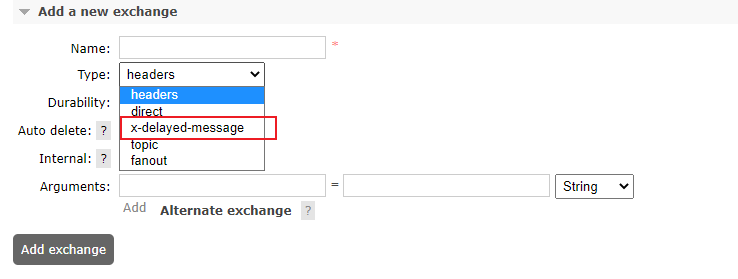
二、JavaAPI利用死信队列实现RabbitMQ延迟消息
1、代码实现
引包:
<dependency>
<groupId>com.rabbitmq</groupId>
<artifactId>amqp-client</artifactId>
<version>5.6.0</version>
</dependency>
import com.gupaoedu.util.ResourceUtil;
import com.rabbitmq.client.AMQP;
import com.rabbitmq.client.Channel;
import com.rabbitmq.client.Connection;
import com.rabbitmq.client.ConnectionFactory;
import com.rabbitmq.client.impl.AMQBasicProperties;
import java.util.HashMap;
import java.util.Map;
/**
* 消息生产者,通过TTL测试死信队列
*/
public class DlxProducer {
public static void main(String[] args) throws Exception {
ConnectionFactory factory = new ConnectionFactory();
factory.setUri(ResourceUtil.getKey("rabbitmq.uri"));// rabbitmq.uri=amqp://admin:admin@192.168.56.10:5672
// 建立连接
Connection conn = factory.newConnection();
// 创建消息通道
Channel channel = conn.createChannel();
String msg = "Hello world, Rabbit MQ, DLX MSG";
// 设置属性,消息10秒钟过期
AMQP.BasicProperties properties = new AMQP.BasicProperties.Builder()
.deliveryMode(2) // 持久化消息
.contentEncoding("UTF-8")
.expiration("5000") // TTL
.build();
// 发送消息,普通队列
channel.basicPublish("ORI_USE_EXCHANGE", "ORI_USE_QUEUE", properties, msg.getBytes());
channel.close();
conn.close();
}
}
import com.gupaoedu.util.ResourceUtil;
import com.rabbitmq.client.*;
import java.io.IOException;
import java.util.HashMap;
import java.util.Map;
/**
* 5秒钟后,消息会从正常队列 ORI_USE_QUEUE 到达死信交换机 DEAD_LETTER_EXCHANGE ,然后路由到死信队列 DEAD_LETTER_QUEUE
*
*/
public class DlxConsumer {
public static void main(String[] args) throws Exception {
ConnectionFactory factory = new ConnectionFactory();
factory.setUri(ResourceUtil.getKey("rabbitmq.uri")); // rabbitmq.uri=amqp://admin:admin@192.168.56.10:5672
// 建立连接
Connection conn = factory.newConnection();
// 创建消息通道
Channel channel = conn.createChannel();
// 指定队列的死信交换机
Map<String,Object> arguments = new HashMap<String,Object>();
arguments.put("x-dead-letter-exchange","DEAD_LETTER_EXCHANGE");
// arguments.put("x-expires",9000L); // 设置队列的TTL
// arguments.put("x-max-length", 4); // 如果设置了队列的最大长度,超过长度时,先入队的消息会被发送到DLX
// 声明交换机
// String exchange, String type, boolean durable, boolean autoDelete, Map<String, Object> arguments
channel.exchangeDeclare("ORI_USE_EXCHANGE","direct",false, false, null);
// 声明队列(默认交换机AMQP Direct)
// String queue, boolean durable, boolean exclusive, boolean autoDelete, Map<String, Object> arguments
channel.queueDeclare("ORI_USE_QUEUE", false, false, false, arguments);
// 绑定队列和交换机,以及routingKey
channel.queueBind("ORI_USE_QUEUE","ORI_USE_EXCHANGE","ORI_USE_QUEUE");
// 声明死信交换机
channel.exchangeDeclare("DEAD_LETTER_EXCHANGE","topic", false, false, false, null);
// 声明死信队列
channel.queueDeclare("DEAD_LETTER_QUEUE", false, false, false, null);
// 绑定,此处 Dead letter routing key 设置为 #
channel.queueBind("DEAD_LETTER_QUEUE","DEAD_LETTER_EXCHANGE","#");
System.out.println(" Waiting for message....");
// 创建消费者
Consumer consumer = new DefaultConsumer(channel) {
@Override
public void handleDelivery(String consumerTag, Envelope envelope, AMQP.BasicProperties properties,
byte[] body) throws IOException {
String msg = new String(body, "UTF-8");
System.out.println("Received message : '" + msg + "'");
}
};
// 开始获取消息,消费死信队列
// String queue, boolean autoAck, Consumer callback
channel.basicConsume("DEAD_LETTER_QUEUE", true, consumer);
}
}
2、基本流程
利用消息的过期时间,过期之后投递到死信交换机(DLX),路由到死信队列(DLQ),我们消费者监听死信队列(DLQ),实现延迟消息。
消息的流转流程:生产者- 原交换机 - 原队列(超过TTL之后) - 死信交换机 - 死信队列 - 最终消费者。
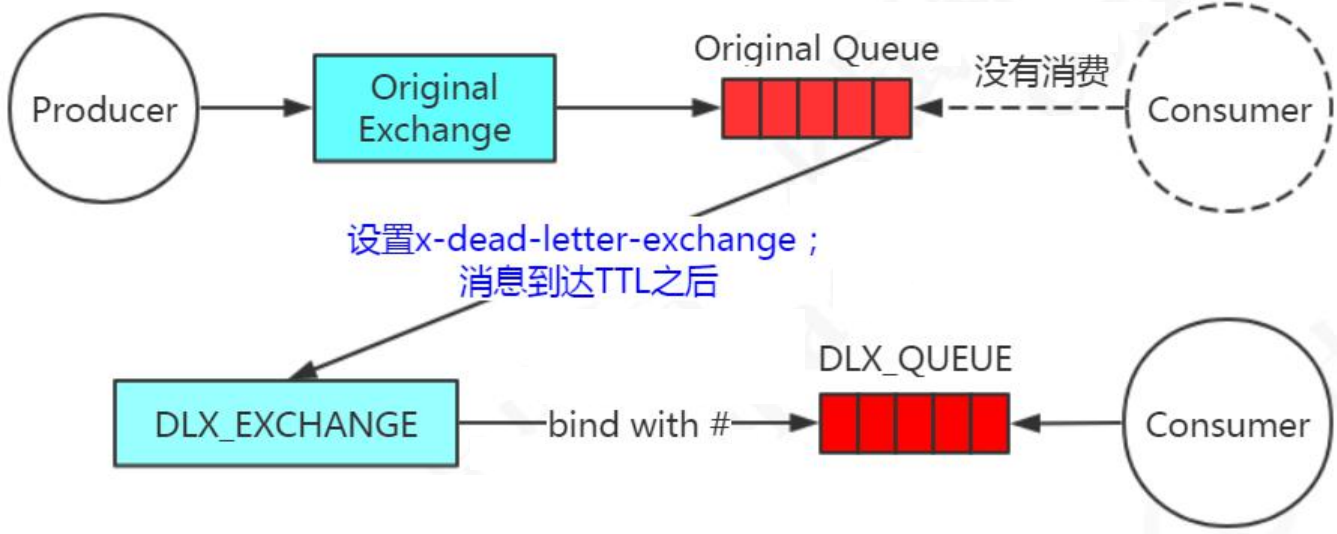
三、JavaAPI利用插件实现RabbitMQ延迟消息
1、代码实现
import com.rabbitmq.client.*;
import java.io.IOException;
import java.text.SimpleDateFormat;
import java.util.Date;
import java.util.HashMap;
import java.util.Map;
/**
* 使用延时插件实现的消息投递-消费者
* 必须要在服务端安装rabbitmq-delayed-message-exchange插件
* 先启动消费者
*/
public class DelayPluginConsumer {
public static void main(String[] args) throws Exception {
ConnectionFactory factory = new ConnectionFactory();
factory.setUri("amqp://admin:admin@192.168.56.10:5672");
// 建立连接
Connection conn = factory.newConnection();
// 创建消息通道
Channel channel = conn.createChannel();
// 声明x-delayed-message类型的exchange
Map<String, Object> argss = new HashMap<String, Object>();
argss.put("x-delayed-type", "direct");
channel.exchangeDeclare("DELAY_EXCHANGE", "x-delayed-message", false,
false, argss);
// 声明队列
channel.queueDeclare("DELAY_QUEUE", false,false,false,null);
// 绑定交换机与队列
channel.queueBind("DELAY_QUEUE", "DELAY_EXCHANGE", "DELAY_KEY");
// 创建消费者
Consumer consumer = new DefaultConsumer(channel) {
@Override
public void handleDelivery(String consumerTag, Envelope envelope, AMQP.BasicProperties properties,
byte[] body) throws IOException {
String msg = new String(body, "UTF-8");
SimpleDateFormat sf=new SimpleDateFormat("yyyy-MM-dd HH:mm:ss.SSS");
System.out.println("收到消息:[" + msg + "]\n接收时间:" +sf.format(new Date()));
}
};
// 开始获取消息
// String queue, boolean autoAck, Consumer callback
channel.basicConsume("DELAY_QUEUE", true, consumer);
}
}
import com.rabbitmq.client.AMQP;
import com.rabbitmq.client.Channel;
import com.rabbitmq.client.Connection;
import com.rabbitmq.client.ConnectionFactory;
import java.text.SimpleDateFormat;
import java.util.Calendar;
import java.util.Date;
import java.util.HashMap;
import java.util.Map;
/**
* 使用延时插件实现的消息投递-生产者
* 必须要在服务端安装rabbitmq-delayed-message-exchange插件
* 先启动消费者
*/
public class DelayPluginProducer {
public static void main(String[] args) throws Exception {
ConnectionFactory factory = new ConnectionFactory();
factory.setUri("amqp://admin:admin@192.168.56.10:5672");
// 建立连接
Connection conn = factory.newConnection();
// 创建消息通道
Channel channel = conn.createChannel();
// 延时投递,比如延时10秒
Date now = new Date();
Calendar calendar = Calendar.getInstance();
calendar.add(Calendar.SECOND, +10);// 10秒
Date delayTime = calendar.getTime();
// 定时投递,把这个值替换delayTime即可
// Date exactDealyTime = new Date("2019/01/14,22:30:00");
SimpleDateFormat sf = new SimpleDateFormat("yyyy-MM-dd HH:mm:ss.SSS");
String msg = "发送时间:" + sf.format(now) + ",投递时间:" + sf.format(delayTime);
// 延迟的间隔时间,目标时刻减去当前时刻
Map<String, Object> headers = new HashMap<String, Object>();
headers.put("x-delay", delayTime.getTime() - now.getTime());
AMQP.BasicProperties.Builder props = new AMQP.BasicProperties.Builder()
.headers(headers);
channel.basicPublish("DELAY_EXCHANGE", "DELAY_KEY", props.build(),
msg.getBytes());
channel.close();
conn.close();
}
}
2、基本原理
rabbitMQ的延迟消息插件,可以有效的避免消息堵塞问题。
相当于投递给一个延迟消息的交换机,并指定延迟时间,大大简化了开发。
四、Springboot利用死信队列实现延迟消息
1、配置实现
import org.springframework.amqp.core.*;
import org.springframework.amqp.rabbit.connection.CachingConnectionFactory;
import org.springframework.amqp.rabbit.connection.ConnectionFactory;
import org.springframework.amqp.rabbit.core.RabbitAdmin;
import org.springframework.amqp.rabbit.core.RabbitTemplate;
import org.springframework.beans.factory.annotation.Qualifier;
import org.springframework.context.annotation.Bean;
import org.springframework.context.annotation.Configuration;
import java.util.HashMap;
import java.util.Map;
/**
* 死信队列 DLX DLQ
*/
@Configuration
public class DlxConfig {
@Bean
public ConnectionFactory connectionFactory() throws Exception {
CachingConnectionFactory cachingConnectionFactory = new CachingConnectionFactory();
cachingConnectionFactory.setUri(ResourceUtil.getKey("rabbitmq.uri"));
return cachingConnectionFactory;
}
@Bean
public RabbitAdmin rabbitAdmin(ConnectionFactory connectionFactory) {
return new RabbitAdmin(connectionFactory);
}
@Bean
public RabbitTemplate rabbitTemplate(ConnectionFactory connectionFactory) {
return new RabbitTemplate(connectionFactory);
}
@Bean("oriUseExchange")
public DirectExchange exchange() {
return new DirectExchange("ORI_USE_EXCHANGE", true, false, new HashMap<>());
}
@Bean("oriUseQueue")
public Queue queue() {
Map<String, Object> map = new HashMap<String, Object>();
map.put("x-message-ttl", 10000); // 10秒钟后成为死信
map.put("x-dead-letter-exchange", "DEAD_LETTER_EXCHANGE"); // 队列中的消息变成死信后,进入死信交换机
return new Queue("ORI_USE_QUEUE", true, false, false, map);
}
@Bean
public Binding binding(@Qualifier("oriUseQueue") Queue queue,@Qualifier("oriUseExchange") DirectExchange exchange) {
return BindingBuilder.bind(queue).to(exchange).with("ori.use");
}
/**
* 队列的死信交换机
* @return
*/
@Bean("deatLetterExchange")
public TopicExchange deadLetterExchange() {
return new TopicExchange("DEAD_LETTER_EXCHANGE", true, false, new HashMap<>());
}
@Bean("deatLetterQueue")
public Queue deadLetterQueue() { // 消费者只监听该队列即可
return new Queue("DEAD_LETTER_QUEUE", true, false, false, new HashMap<>());
}
@Bean
public Binding bindingDead(@Qualifier("deatLetterQueue") Queue queue,@Qualifier("deatLetterExchange") TopicExchange exchange) {
return BindingBuilder.bind(queue).to(exchange).with("#"); // 无条件路由
}
}
import org.springframework.amqp.rabbit.core.RabbitAdmin;
import org.springframework.amqp.rabbit.core.RabbitTemplate;
import org.springframework.context.annotation.AnnotationConfigApplicationContext;
import org.springframework.context.annotation.ComponentScan;
@ComponentScan(basePackages = "com.dlx.ttl")
public class DlxSender {
public static void main(String[] args) {
AnnotationConfigApplicationContext context = new AnnotationConfigApplicationContext(DlxSender.class);
RabbitAdmin rabbitAdmin = context.getBean(RabbitAdmin.class);
RabbitTemplate rabbitTemplate = context.getBean(RabbitTemplate.class);
// 随队列的过期属性过期,单位ms
rabbitTemplate.convertAndSend("ORI_USE_EXCHANGE", "ori.use", "测试死信消息");
}
}
五、Springboot利用插件实现延迟消息
1、配置实现
import org.springframework.amqp.core.*;
import org.springframework.amqp.rabbit.connection.CachingConnectionFactory;
import org.springframework.amqp.rabbit.connection.ConnectionFactory;
import org.springframework.amqp.rabbit.core.RabbitAdmin;
import org.springframework.amqp.rabbit.core.RabbitTemplate;
import org.springframework.beans.factory.annotation.Qualifier;
import org.springframework.context.annotation.Bean;
import org.springframework.context.annotation.Configuration;
import java.util.HashMap;
import java.util.Map;
// 配置类
@Configuration
public class DelayPluginConfig {
@Bean
public ConnectionFactory connectionFactory() throws Exception {
CachingConnectionFactory cachingConnectionFactory = new CachingConnectionFactory();
cachingConnectionFactory.setUri("amqp://admin:admin@192.168.56.10:5672");
return cachingConnectionFactory;
}
@Bean
public RabbitAdmin rabbitAdmin(ConnectionFactory connectionFactory) {
return new RabbitAdmin(connectionFactory);
}
@Bean
public RabbitTemplate rabbitTemplate(ConnectionFactory connectionFactory) {
return new RabbitTemplate(connectionFactory);
}
@Bean("delayExchange")
public TopicExchange exchange() {
Map<String, Object> argss = new HashMap<String, Object>();
argss.put("x-delayed-type", "direct");
return new TopicExchange("DELAY_EXCHANGE", true, false, argss);
}
@Bean("delayQueue")
public Queue deadLetterQueue() {
return new Queue("DELAY_QUEUE", true, false, false, new HashMap<>());
}
@Bean
public Binding bindingDead(@Qualifier("delayQueue") Queue queue, @Qualifier("delayExchange") TopicExchange exchange) {
return BindingBuilder.bind(queue).to(exchange).with("#"); // 无条件路由
}
}
import com.rabbitmq.client.*;
import java.io.IOException;
import java.text.SimpleDateFormat;
import java.util.Date;
import java.util.HashMap;
import java.util.Map;
/**
* 消费者
*/
public class DelayPluginConsumer {
public static void main(String[] args) throws Exception {
ConnectionFactory factory = new ConnectionFactory();
factory.setUri("amqp://admin:admin@192.168.56.10:5672");
// 建立连接
Connection conn = factory.newConnection();
// 创建消息通道
Channel channel = conn.createChannel();
// 创建消费者
Consumer consumer = new DefaultConsumer(channel) {
@Override
public void handleDelivery(String consumerTag, Envelope envelope, AMQP.BasicProperties properties,
byte[] body) throws IOException {
String msg = new String(body, "UTF-8");
SimpleDateFormat sf=new SimpleDateFormat("yyyy-MM-dd HH:mm:ss.SSS");
System.out.println("收到消息:[" + msg + "]\n接收时间:" +sf.format(new Date()));
}
};
// 开始获取消息
// String queue, boolean autoAck, Consumer callback
channel.basicConsume("DELAY_QUEUE", true, consumer);
}
}
import org.springframework.amqp.core.Message;
import org.springframework.amqp.core.MessageProperties;
import org.springframework.amqp.rabbit.core.RabbitAdmin;
import org.springframework.amqp.rabbit.core.RabbitTemplate;
import org.springframework.context.annotation.AnnotationConfigApplicationContext;
import org.springframework.context.annotation.ComponentScan;
import java.text.SimpleDateFormat;
import java.util.Calendar;
import java.util.Date;
/**
* 生产者
* 延时消息插件,去管控台队列看有无收到消息
*/
@ComponentScan(basePackages = "com.dlx.delayplugin")
public class DelayPluginProducer {
public static void main(String[] args) {
AnnotationConfigApplicationContext context = new AnnotationConfigApplicationContext(DelayPluginProducer.class);
RabbitAdmin rabbitAdmin = context.getBean(RabbitAdmin.class);
RabbitTemplate rabbitTemplate = context.getBean(RabbitTemplate.class);
// 延时投递,比如延时4秒
Date now = new Date();
Calendar calendar = Calendar.getInstance();
calendar.add(Calendar.SECOND, +4);
Date delayTime = calendar.getTime();
// 定时投递,把这个值替换delayTime即可
// Date exactDealyTime = new Date("2019/06/24,22:30:00");
SimpleDateFormat sf = new SimpleDateFormat("yyyy-MM-dd HH:mm:ss.SSS");
String msg = "延时插件测试消息,发送时间:" + sf.format(now) + ",理论路由时间:" + sf.format(delayTime);
MessageProperties messageProperties = new MessageProperties();
// 延迟的间隔时间,目标时刻减去当前时刻
messageProperties.setHeader("x-delay", delayTime.getTime() - now.getTime());
Message message = new Message(msg.getBytes(), messageProperties);
// 不能在本地测试,必须发送消息到安装了插件的服务端
rabbitTemplate.send("DELAY_EXCHANGE", "#", message);
}
}
